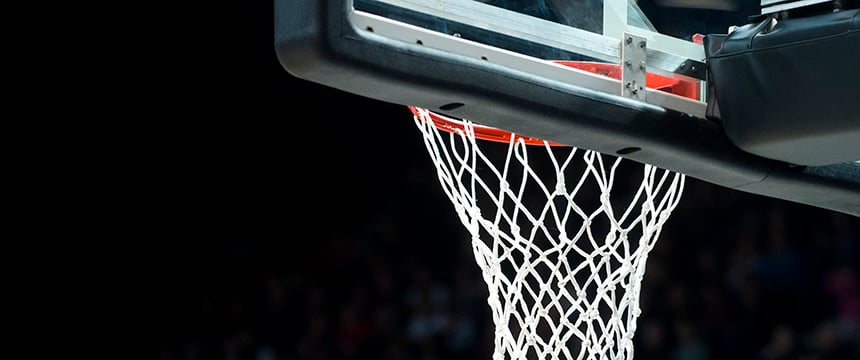
Recently, the projected No. 1 overall pick in the 2021 NBA Draft—Jalen Green—shocked basketball fans around the world. Green, like other 18-year-old superstars who are graduating high school, decided how he would spend his final year before becoming NBA draft-eligible. Unlike most of his peers, however, Green did not accept a basketball scholarship from an American university to play NCAA college basketball. Nor did he choose to follow a few others by announcing his intent to travel overseas to play in Europe or Australia. Instead, Green did something unique—perhaps signaling a shift in the traditional basketball landscape—by signing a contract to play in the NBA’s official minor league: the G League.
Green’s choice surprised many, but the NBA appears to have been angling for a player of his caliber by strategically enhancing its minor league the past few years. In 2017, the NBA expanded its partnership with Gatorade to rebrand what was known as the developmental “D” League into the perhaps more commercially appealing “G” League it is today. That rebrand helped erase the negative, “we’re-not-quite-good-enough” connotation that had followed the D League since its inception in 2001. Over the years, the NBA also has enhanced the G League’s appeal to players by raising salaries and facilitating player mobility between G League teams and their affiliated NBA parent franchises through two-way contracts. In short, the NBA has reinforced the mutual connectivity with the G League while making the G League a desirable destination in its own right.
What may have sold Green on the G League, though, was the establishment of the Professional Pathways Program (the “Program”). Specifically designed “for elite athletes who would like to develop their skills as a professional basketball player before they are eligible to enter the NBA Draft”, the Program is tailor-made for Green and others similarly situated. It offers players a handsome six-figure salary to join the G League for a one season stint, where they have the opportunity to play against other G League, foreign national and NBA academy teams across the world. In this way, the Program helps younger players avoid the potential pitfalls associated with moving to foreign countries themselves, where they often have to learn a new language, get accustomed to a different culture, and match up against older, and often more physically developed, players. The Program also provides opportunities off the court – the NBA has partnered with Arizona State University and a non-profit organization called Game Plan to offer scholarships to players for up to five years after their G League careers. All told, the Program supports its participants athletically, academically, and financially, and it allows them to maximize their time before, during and after a potential stint in the NBA.
Many experts believe Green’s decision could set a trend and spur the continued rise of the G League. Perhaps it already has – three more top-tier ranked recruits – Isaiah Todd, Daishen Nix, and Kai Soto – have inked deals similar to Green’s to join the Program. To be sure, each prospect figures to navigate the choice between a professional option like the G League and the more conventional, amateur avenue of the NCAA differently. But, at least for some, the G League may be a more alluring option, and a recent player vote on whether to form a G League players union could eventually yield more change and a different kind of partnership between the G League and its players.
Finally, the difficult circumstances facing the NCAA at this time cannot be ignored. The NCAA’s amateurism model is under increased scrutiny, as the United States Court of Appeals for the Ninth Circuit recently affirmed the district court’s March 2019 decision in the NCAA Grant-In-Aid Cap Antitrust Litigation case, which held that the NCAA had violated antitrust law by purporting to “limit compensation or benefits related to education” to its student athletes. Compounding matters for the NCAA, several states have proposed legislation that would eliminate any university restrictions on student-athlete name, image and likeness rights, though the NCAA may relax its restrictions voluntarily to compete for athletes focused on economic considerations. In the meantime, COVID-19 complicates the question of whether college sports can even take place during the 2020-21 academic calendar. Campuses across the country may have a difficult time coordinating the restart of any collegiate sports competitions, much less college basketball, whereas the G League is more likely to find a way to resume play safely and efficiently, as a purely commercial matter. This confluence of strategy and circumstance could present the G League with an unexpectedly and increasingly significant yield of elite “one and done” talent in the coming months.
In the long run, the G League will not replace NCAA basketball, but it may well become an attractive option for top-tier high school basketball players looking to launch their professional basketball careers immediately, an opportunity they were once afforded (see, e.g., Kevin Garnett and Kobe Bryant; but see also Kwame Brown). In any case, on its current track, the G League could soon become increasingly relevant, as a sporting and commercial matter, with a chance to become increasingly filled with the most elite NBA prospects from around the world.